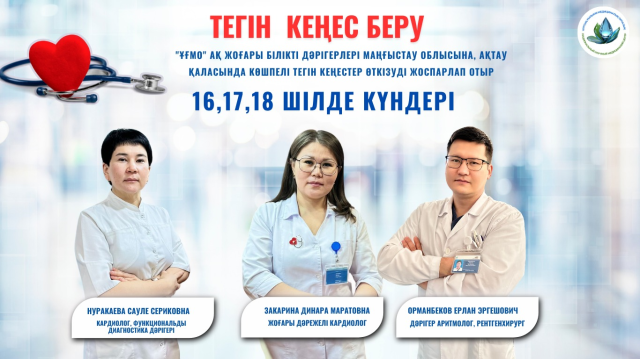Arrhythmology is one of the most difficult sections of clinical cardiology, due to various arrhythmias, the complexity of their diagnosis and treatment, as well as the possibility of developing serious complications such as thrombosis, myocardial infarction, stroke, heart failure and others. Cardiac arrhythmias can be independent or be a complication of diseases of the cardiovascular system or other organ systems. Arrhythmias of various types have been reported in 80% of patients with coronary heart disease. Among them, about 65% are life-threatening.
The most common symptoms of arrhythmia are the following:
- A feeling of malfunction in the rhythm of the heart, or vice versa — tachycardia, or "fluttering" of the heart;
- Extremely fast or slow heartbeat;
- Dizziness;
- Shortness of breath;
- Lack of air;
- The feeling of "failure", "fading";
- Nausea and/or vomiting (especially when switching to a normal arrhythmia rhythm and/or vice versa);
- Loss of consciousness.
In accordance with the main tasks, the department conducts examinations and treatment of patients with:
- Fibrillation and atrial flutter;
- Supraventricular tachycardia;
- Ventricular tachycardia;
- WPW Syndrome;
- Atrioventricular blockades of II-III degree;
- Sinus node weakness syndrome;
- Cardiomyopathies;
- Chronic heart failure
The list of the minimum amount of research for planned hospitalization
Department post number: +7 (7172) 577-673














